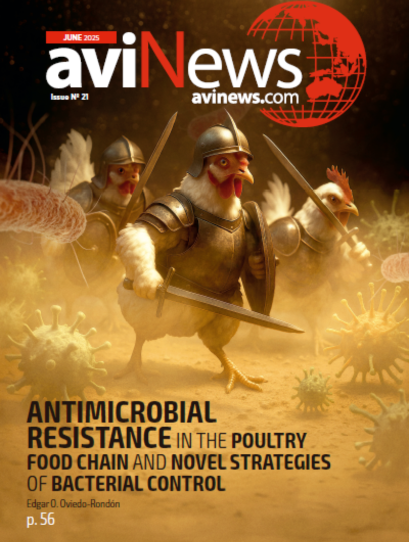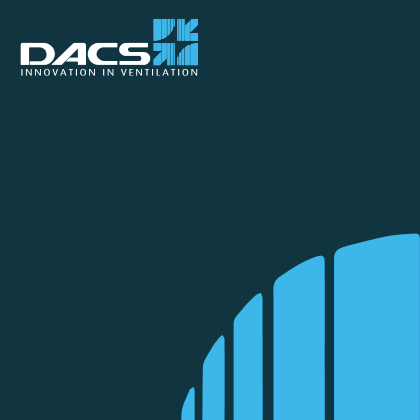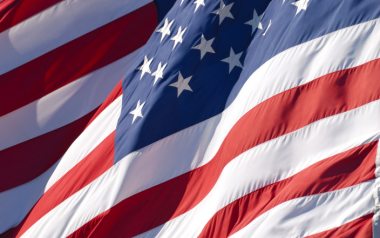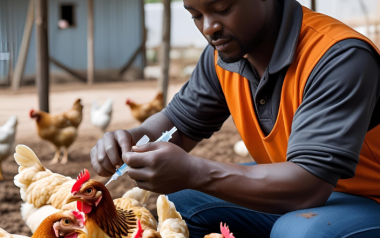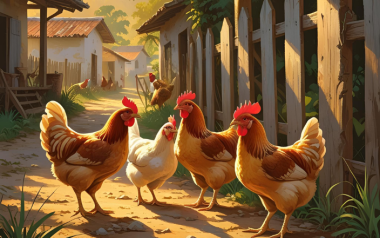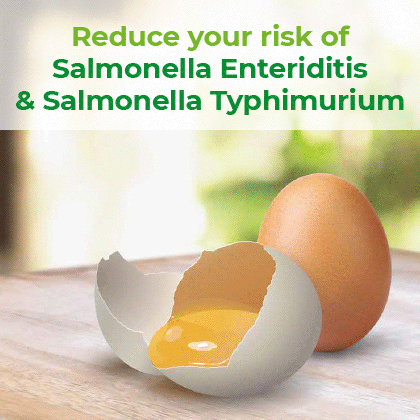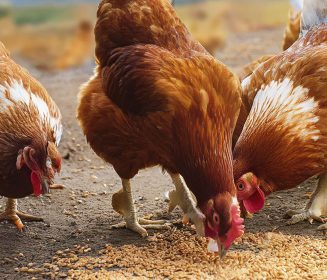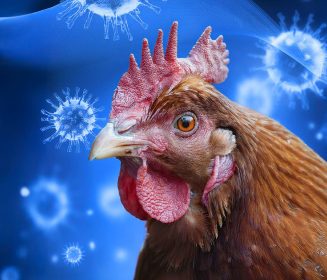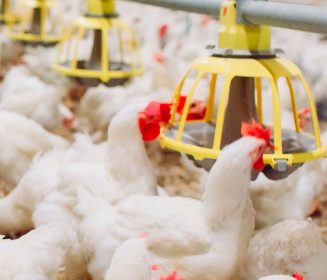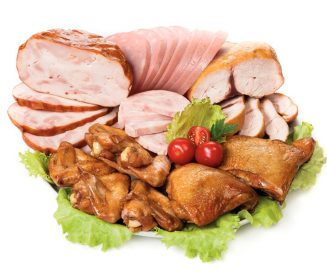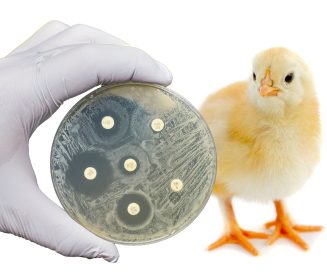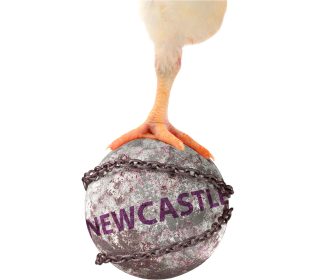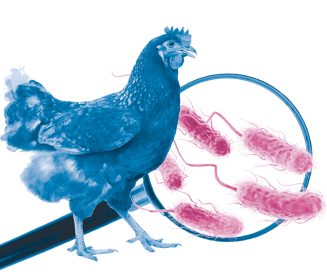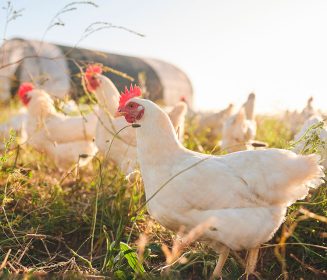Sources: Available upon request
02 Jul 2025
U.S. strategy against Avian Influenza
In early 2025, the U.S. Department of Agriculture (USDA) launched a comprehensive $1 billion initiative to combat Highly Pathogenic Avian Influenza (HPAI).
In early 2025, the U.S. Department of Agriculture (USDA) launched a comprehensive $1 billion initiative to combat Highly Pathogenic Avian Influenza (HPAI), a disease that has severely impacted poultry farms and driven up egg prices nationwide. A key component of this strategy is a $500 million investment in biosecurity. This includes expanding Wildlife Biosecurity Assessments and deploying 20 trained epidemiologists to help farms reduce transmission risks, especially from wild birds—identified as the source of 83% of HPAI cases.
The USDA is also offering free biosecurity audits to affected farms and surrounding facilities. These audits aim to identify vulnerabilities and provide actionable recommendations. Farms that fail to address biosecurity shortcomings may lose eligibility for future federal indemnification.
Economic relief for farmers
To support poultry producers facing devastating losses, the USDA allocated $400 million in financial relief. This includes continued indemnification for depopulated flocks and new programs to accelerate repopulation. The agency is working to simplify approval processes and reduce regulatory burdens, helping farmers recover more quickly.
Additionally, the USDA will cover up to 75% of the costs to fix high-risk biosecurity issues identified during audits. This financial support is crucial for small and mid-sized producers who may struggle to afford necessary upgrades.
Temporary imports to stabilize supply
To address egg shortages and stabilize prices, the USDA is exploring temporary import options. While details remain limited, this measure is intended to supplement domestic supply during peak demand periods and reduce pressure on U.S. consumers.
The USDA’s multi-pronged approach reflects a shift toward proactive disease management and economic stabilization. By combining rigorous biosecurity protocols, direct financial aid, and strategic imports, the U.S. aims to protect its poultry industry and ensure food affordability.
Looking ahead
As outbreaks continue to challenge global poultry production, the U.S. response serves as a model for balancing public health, agricultural sustainability, and economic resilience. The success of these measures will depend on collaboration between government agencies, producers, and international partners.

